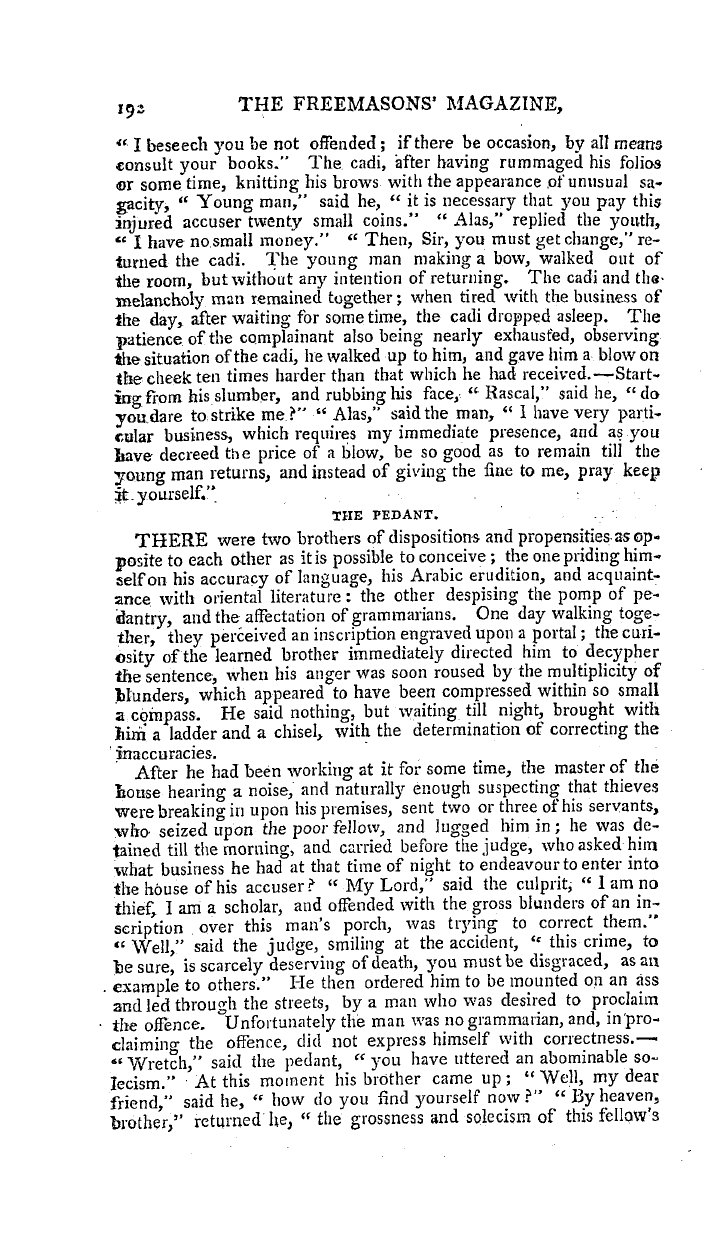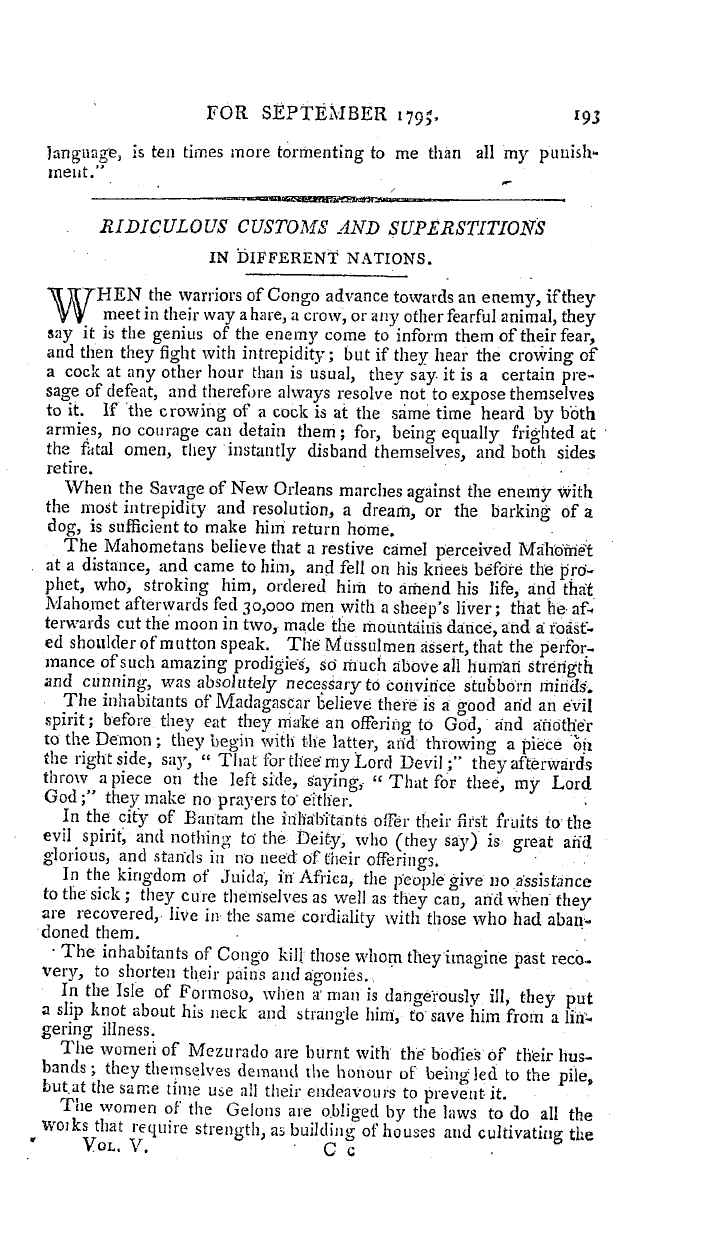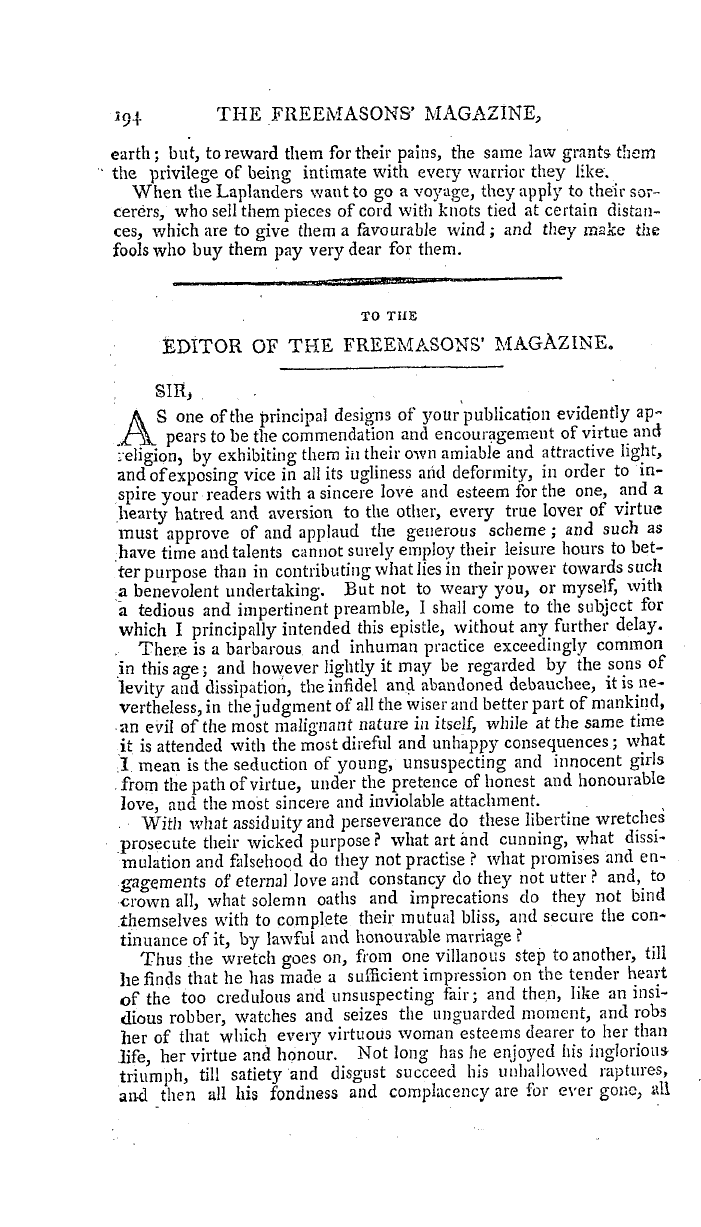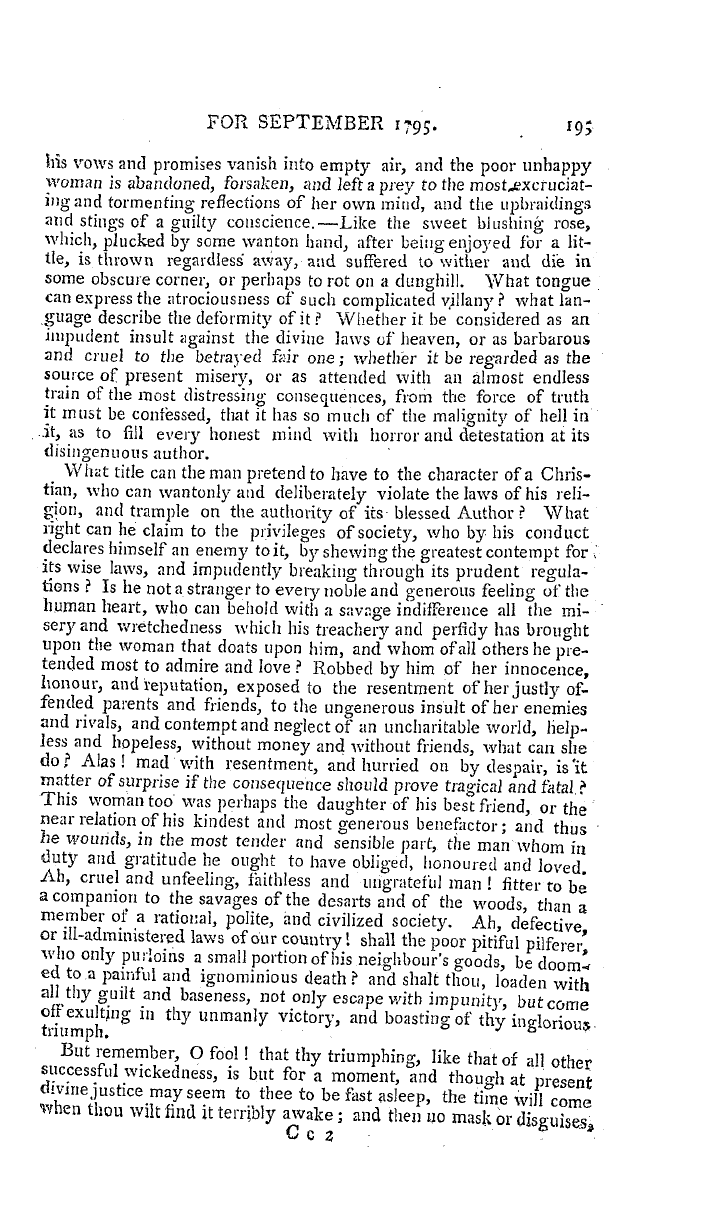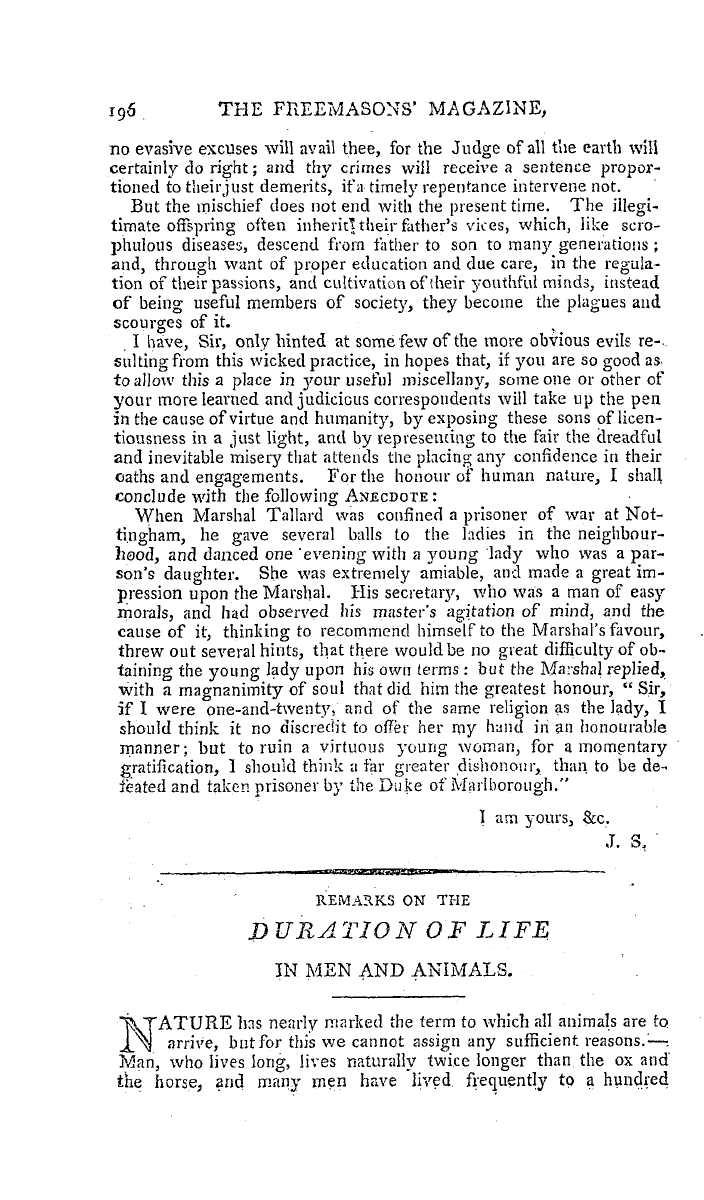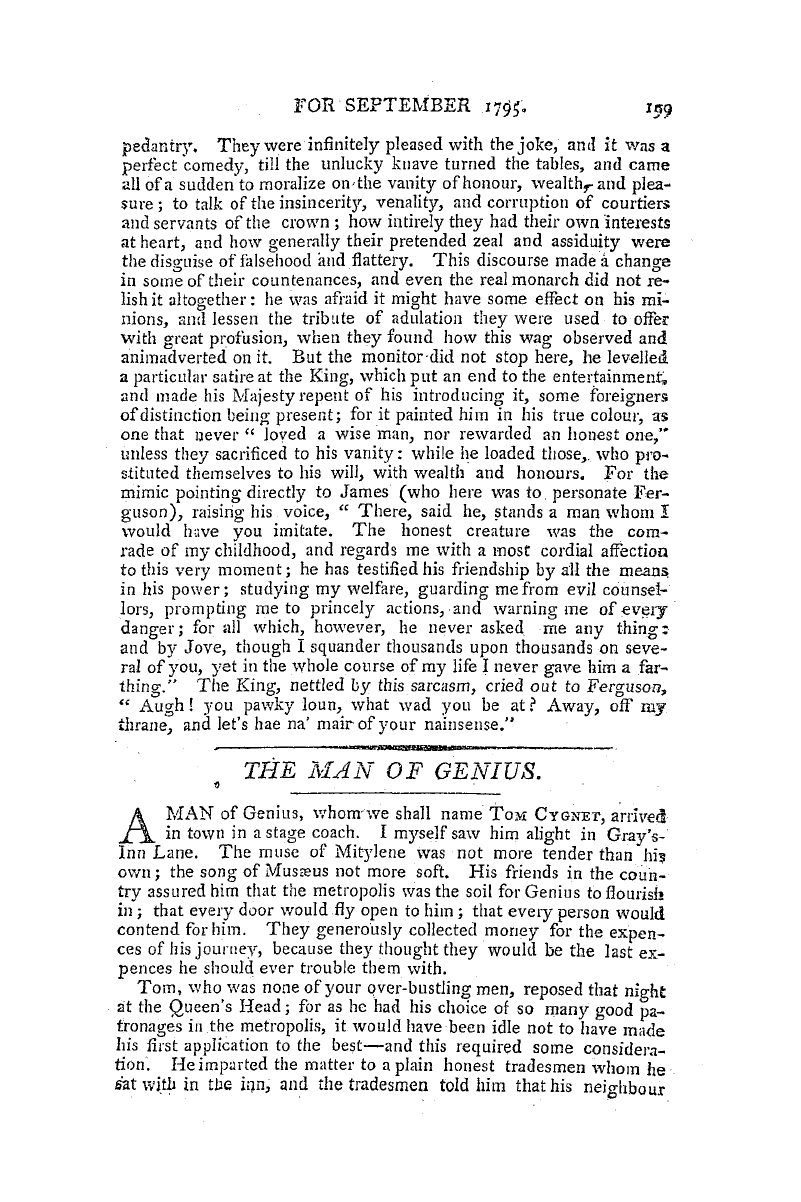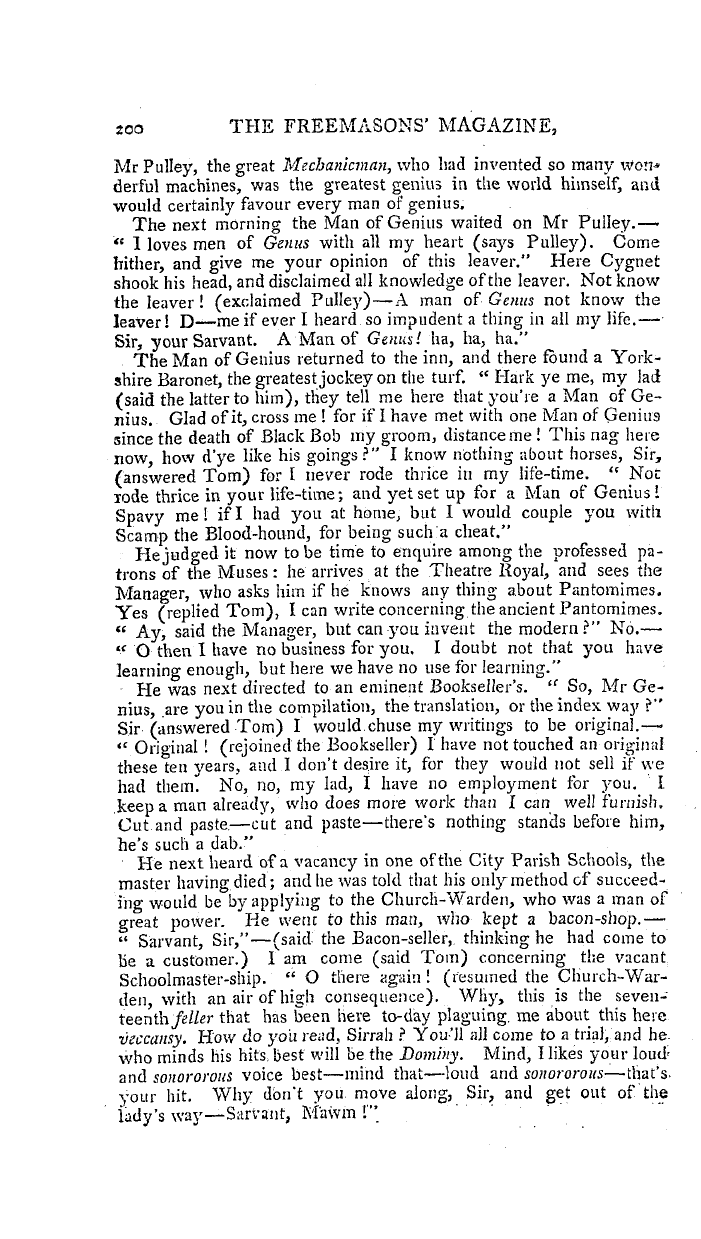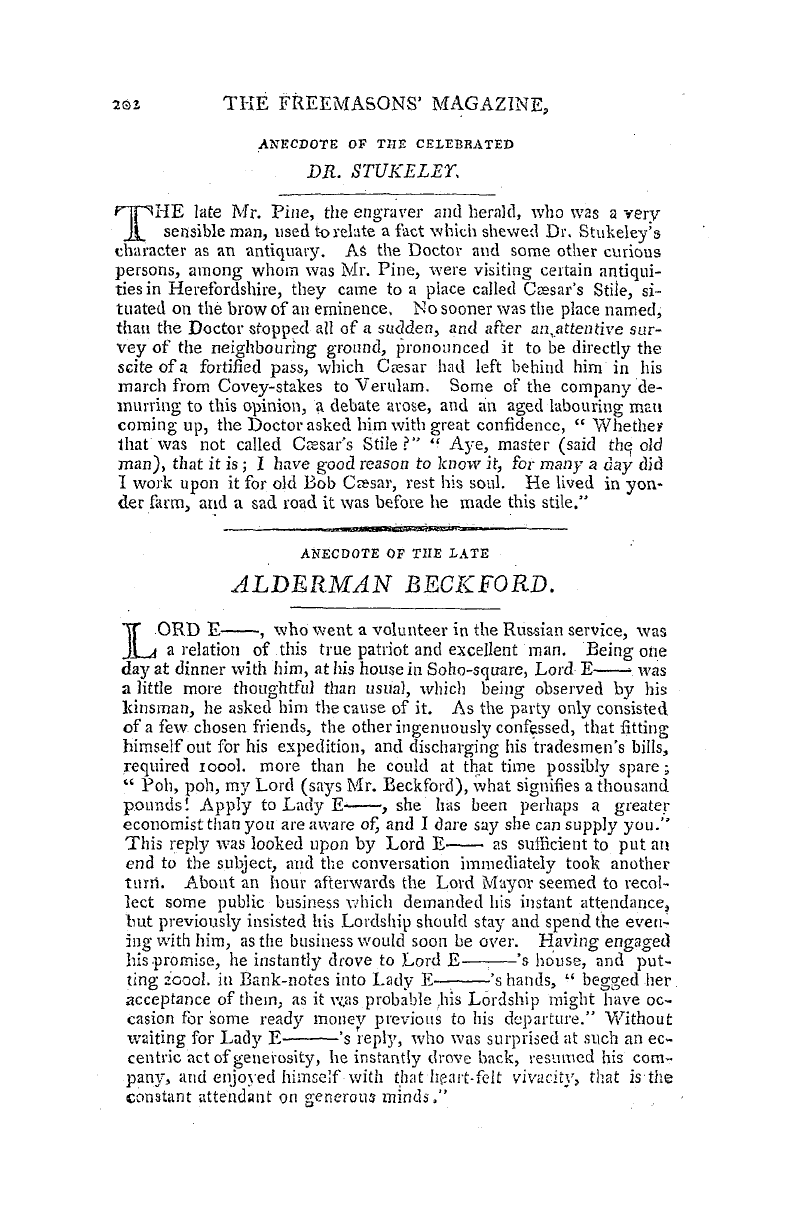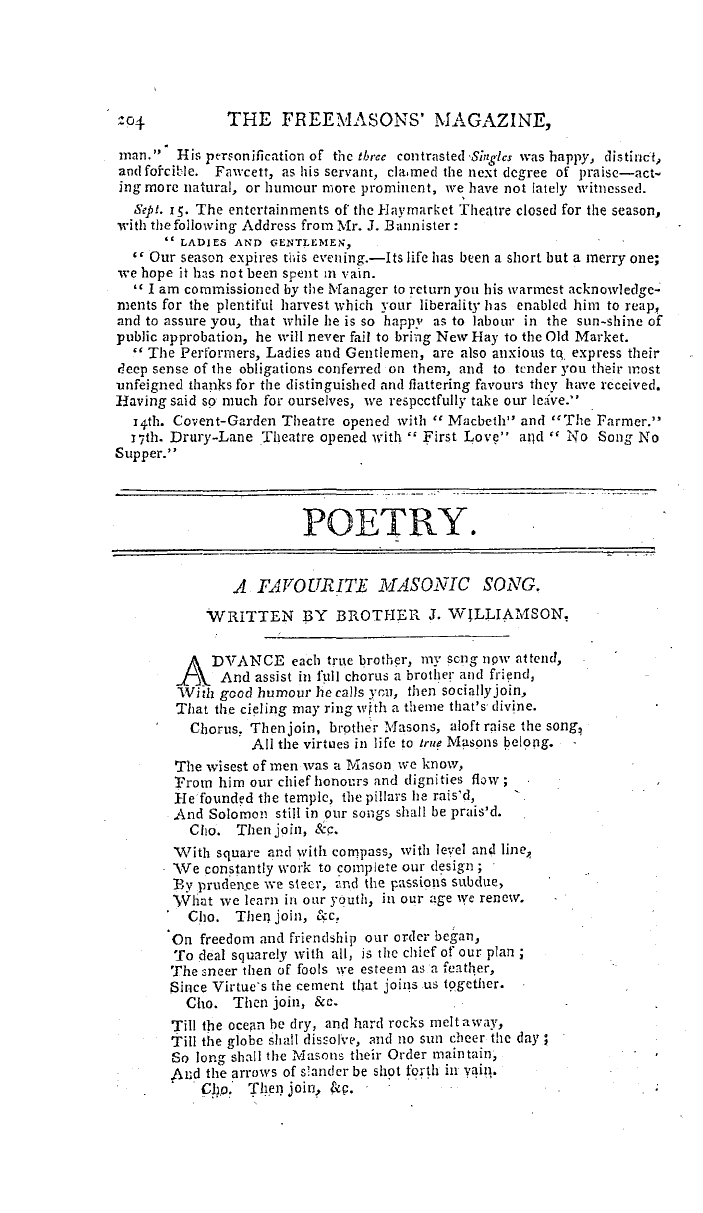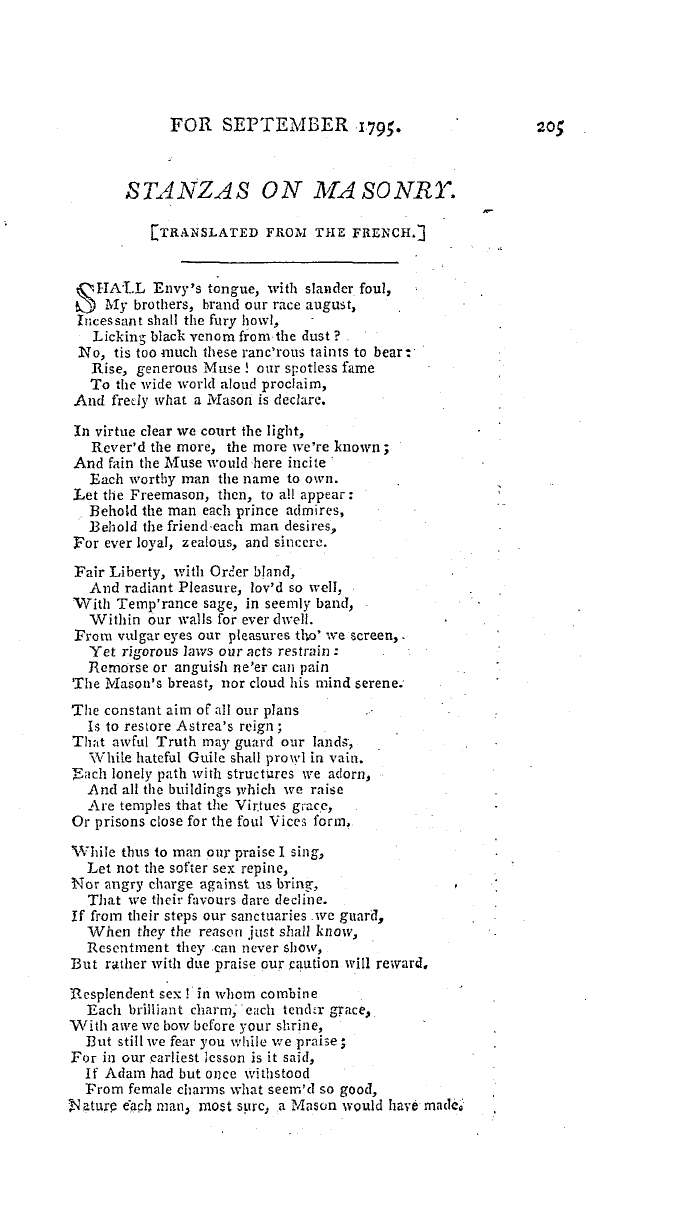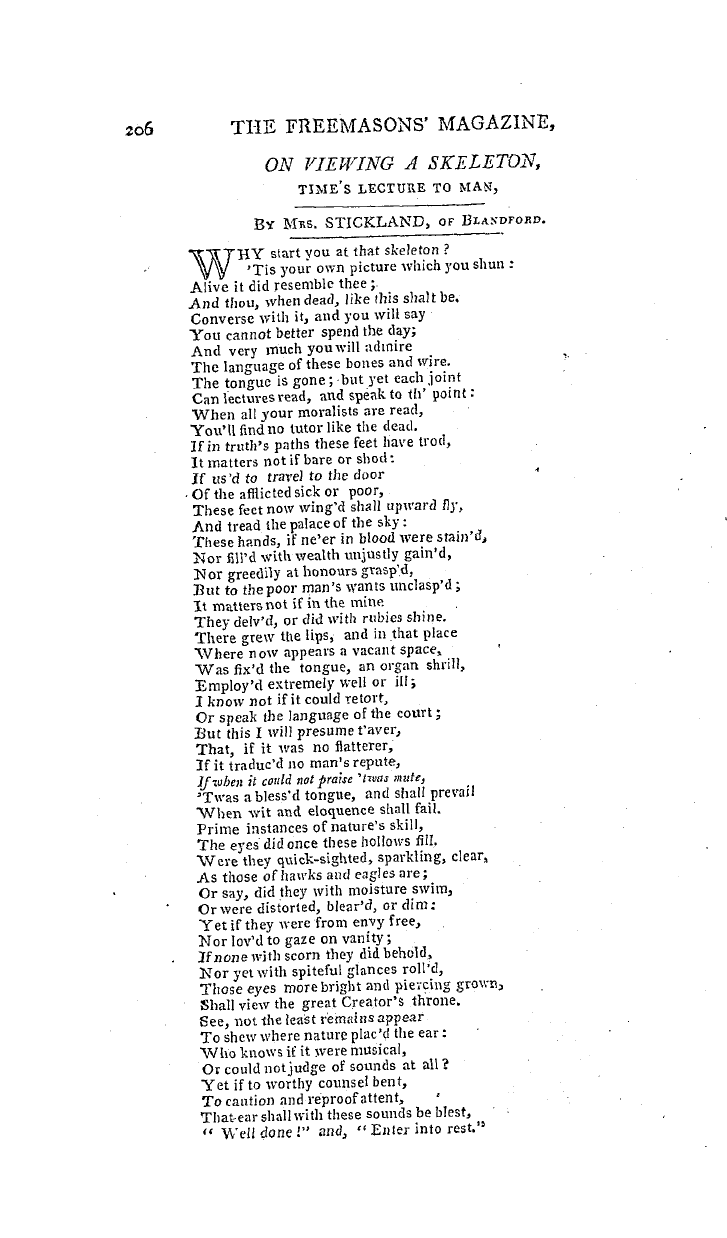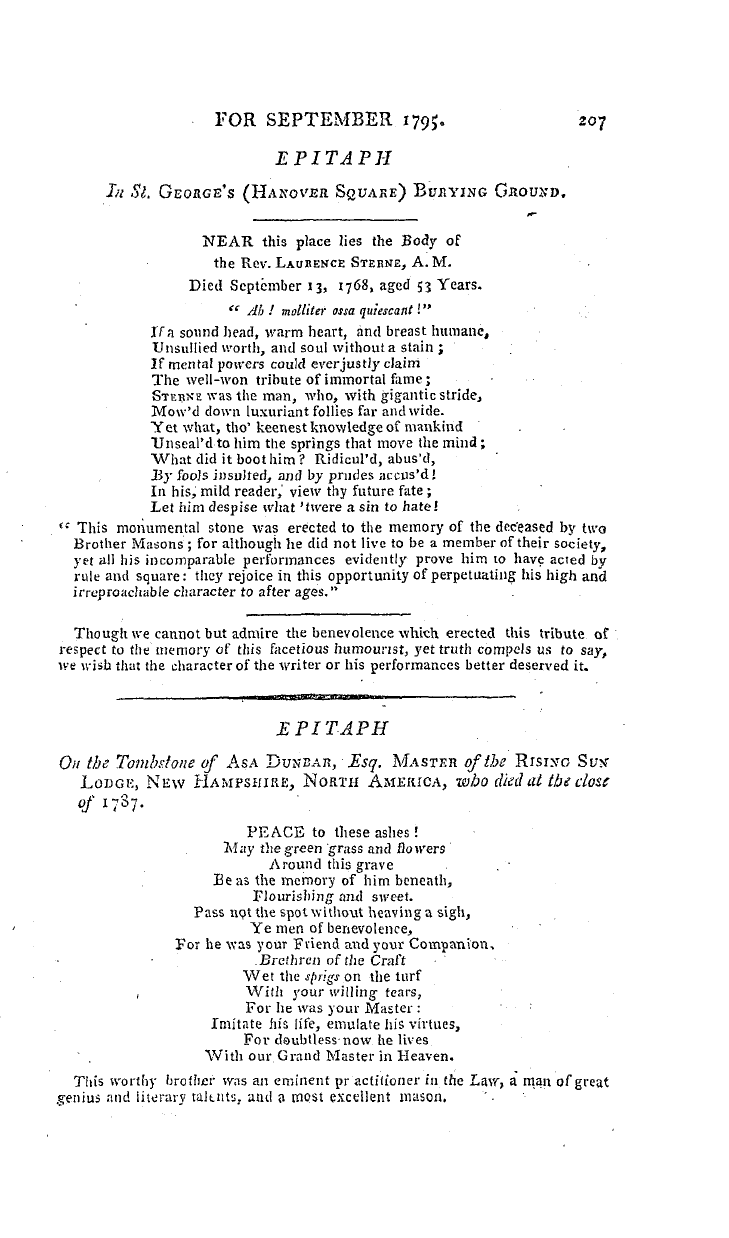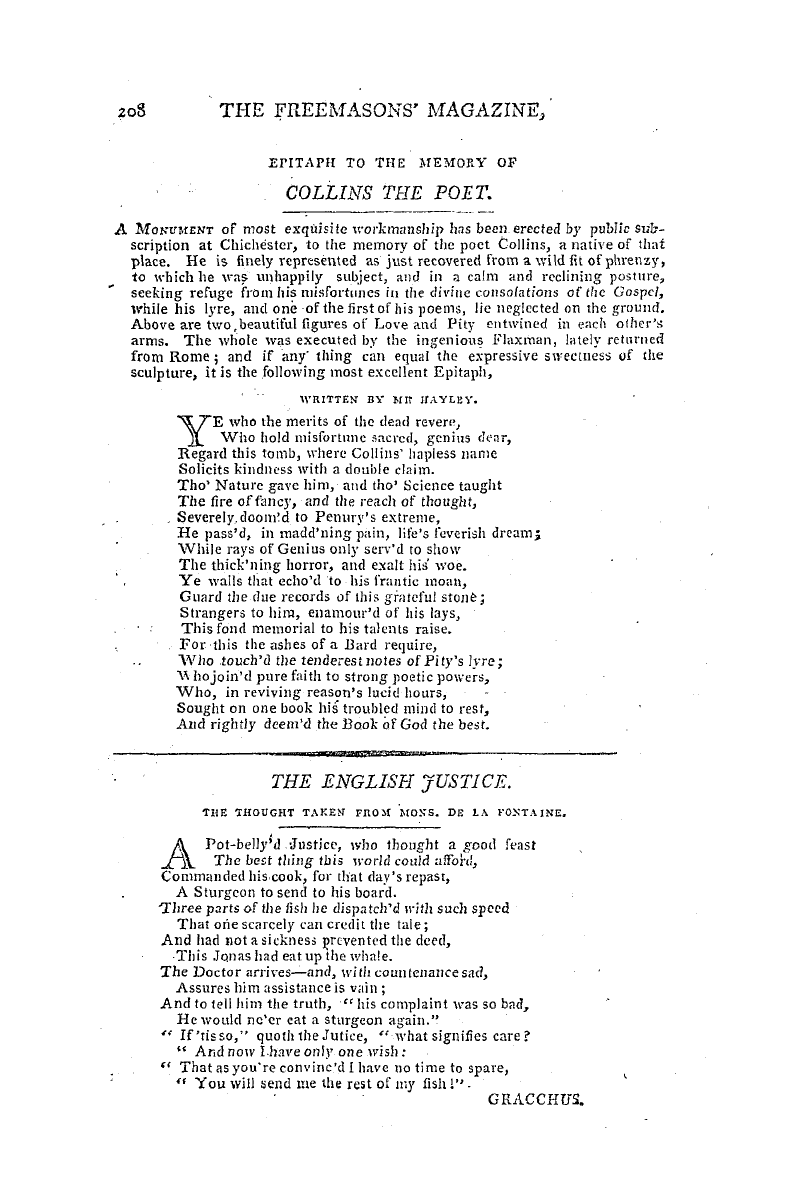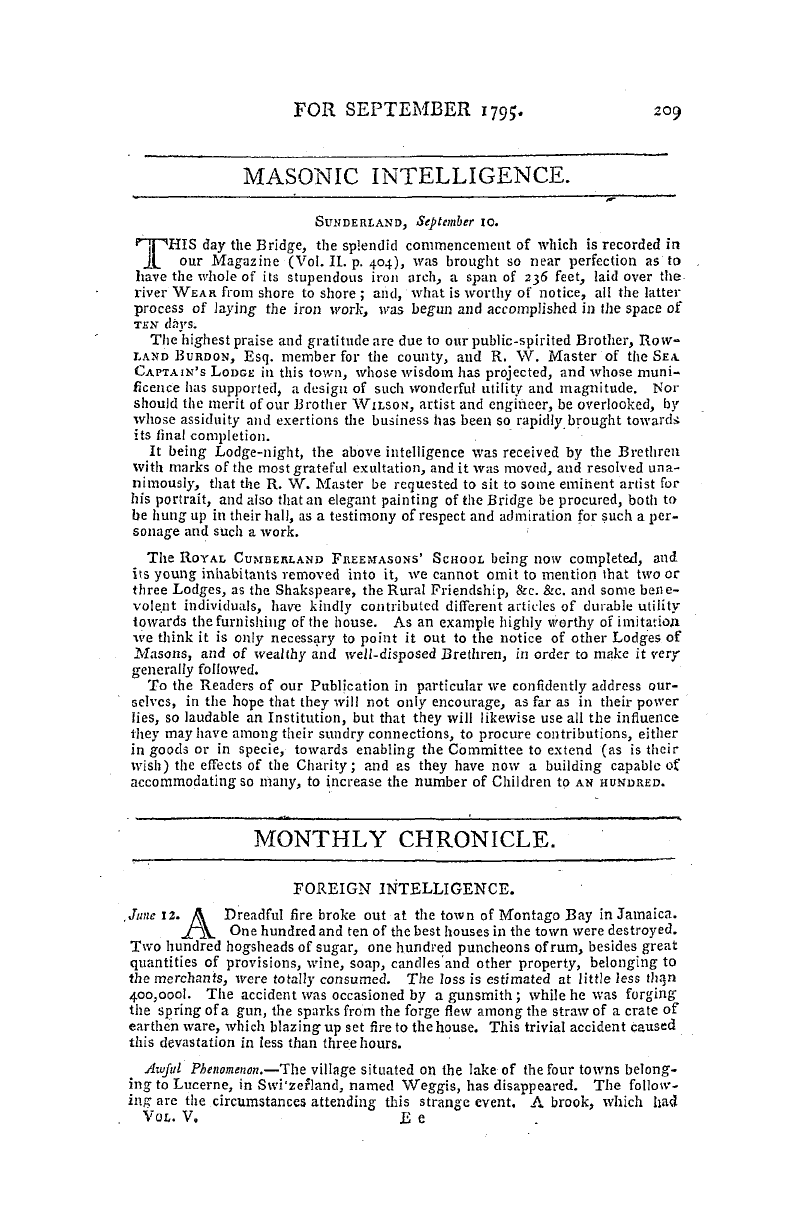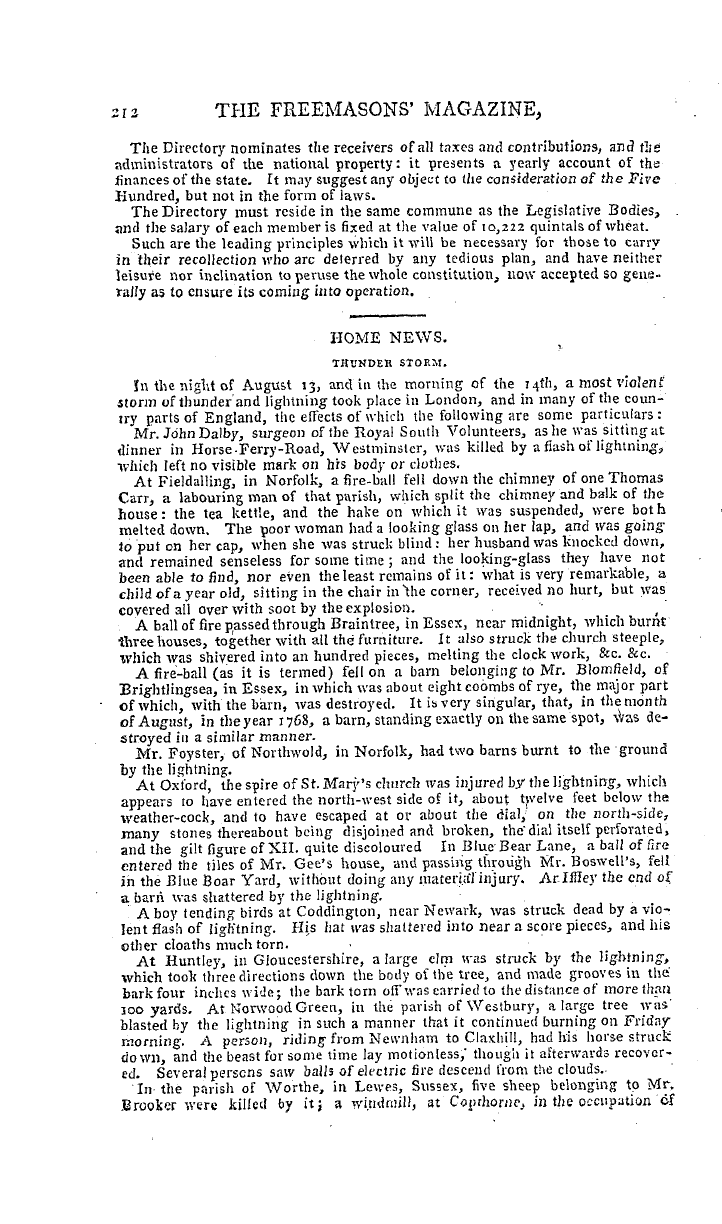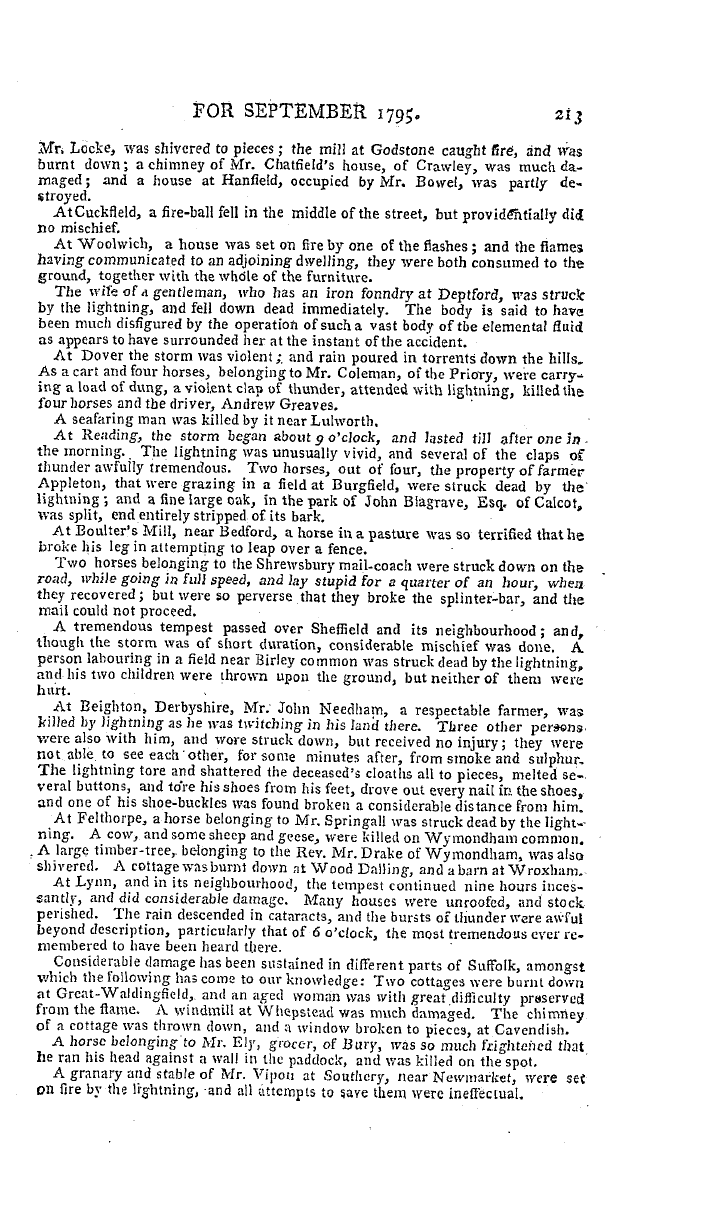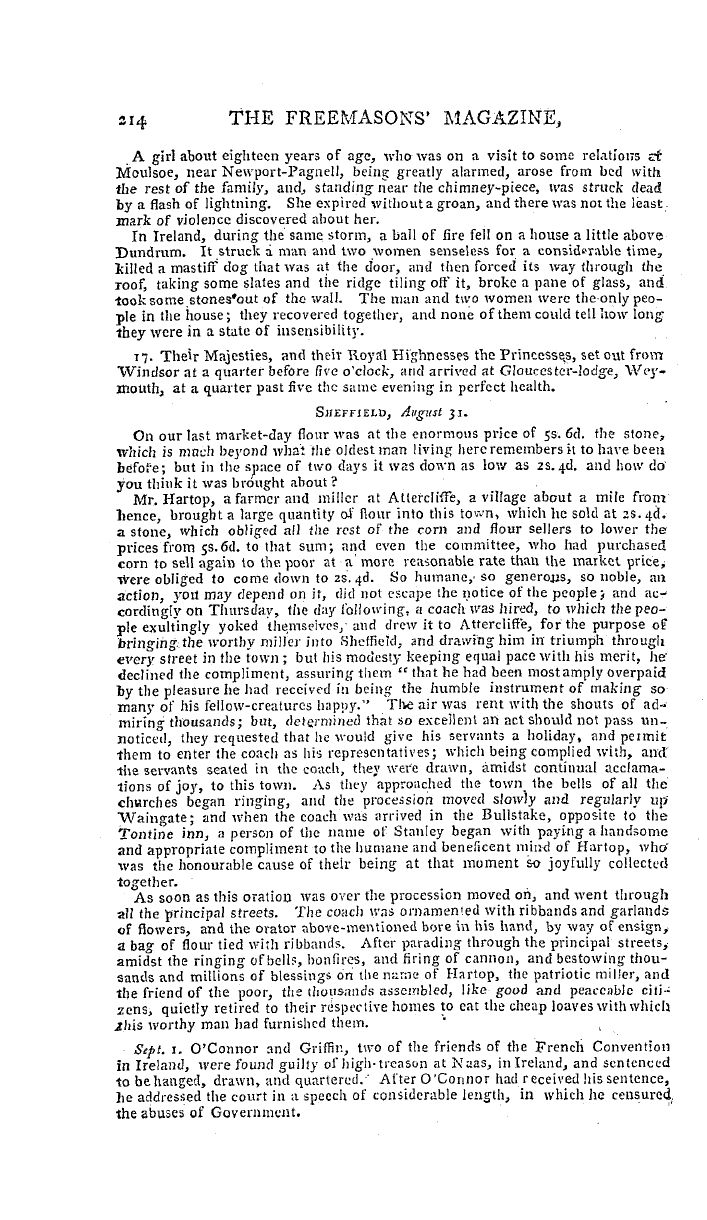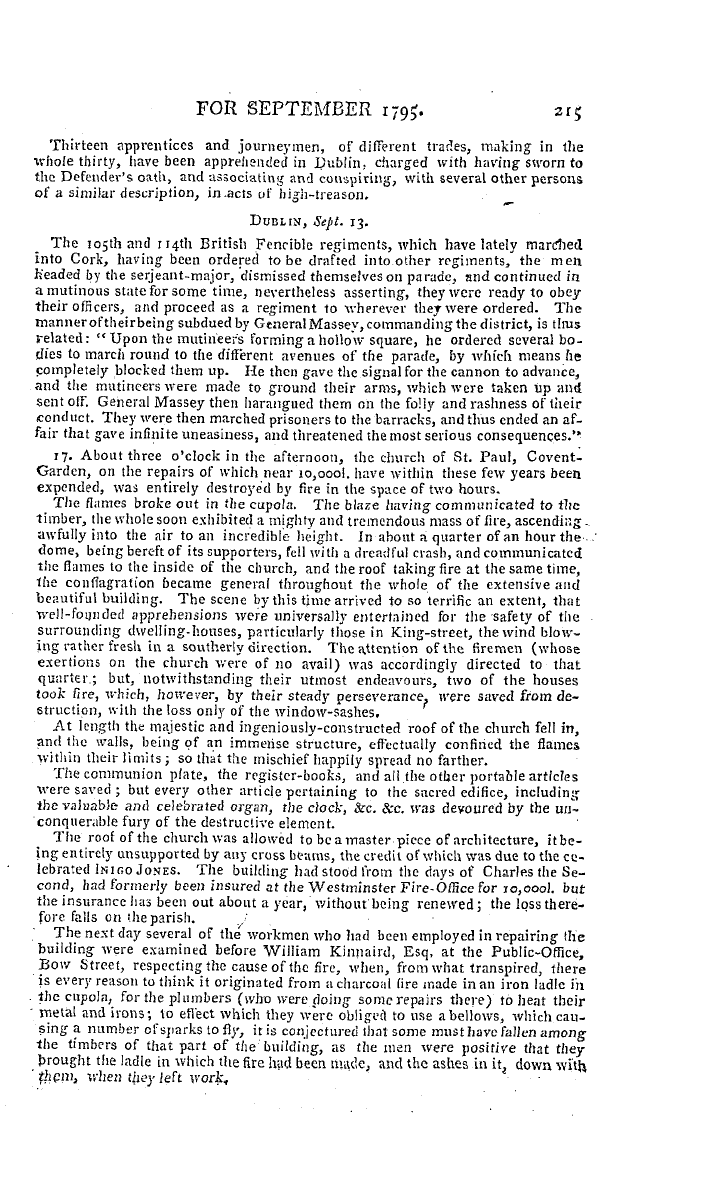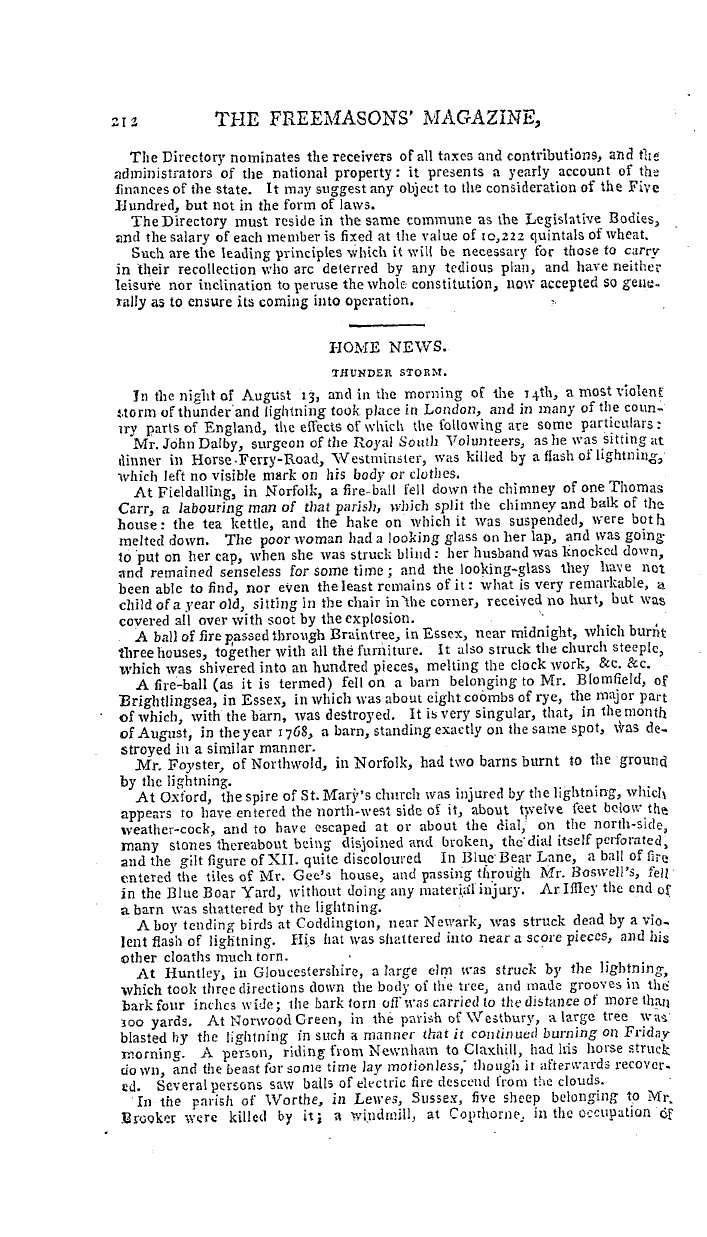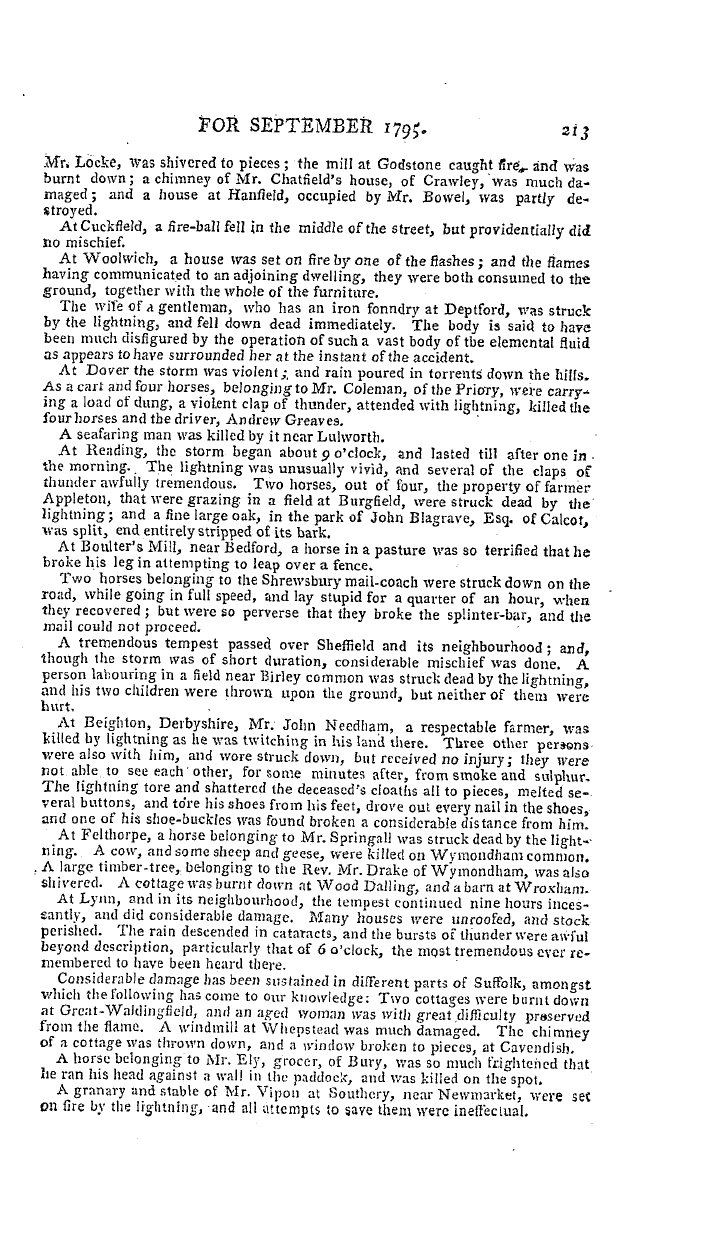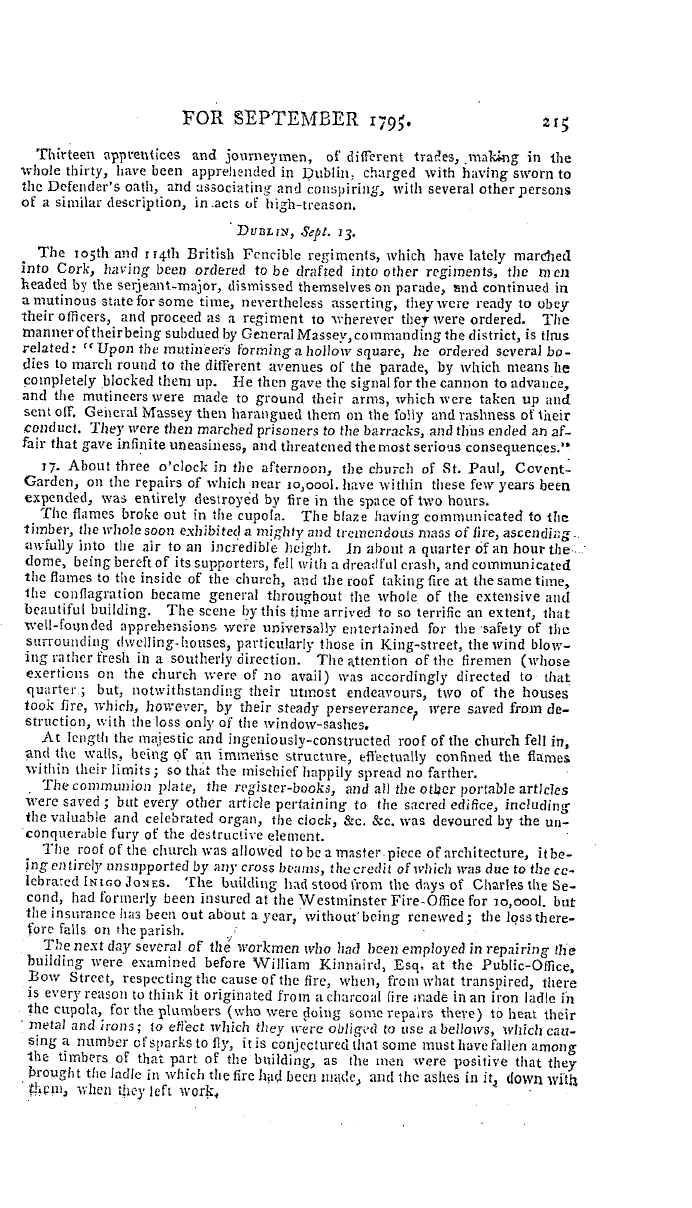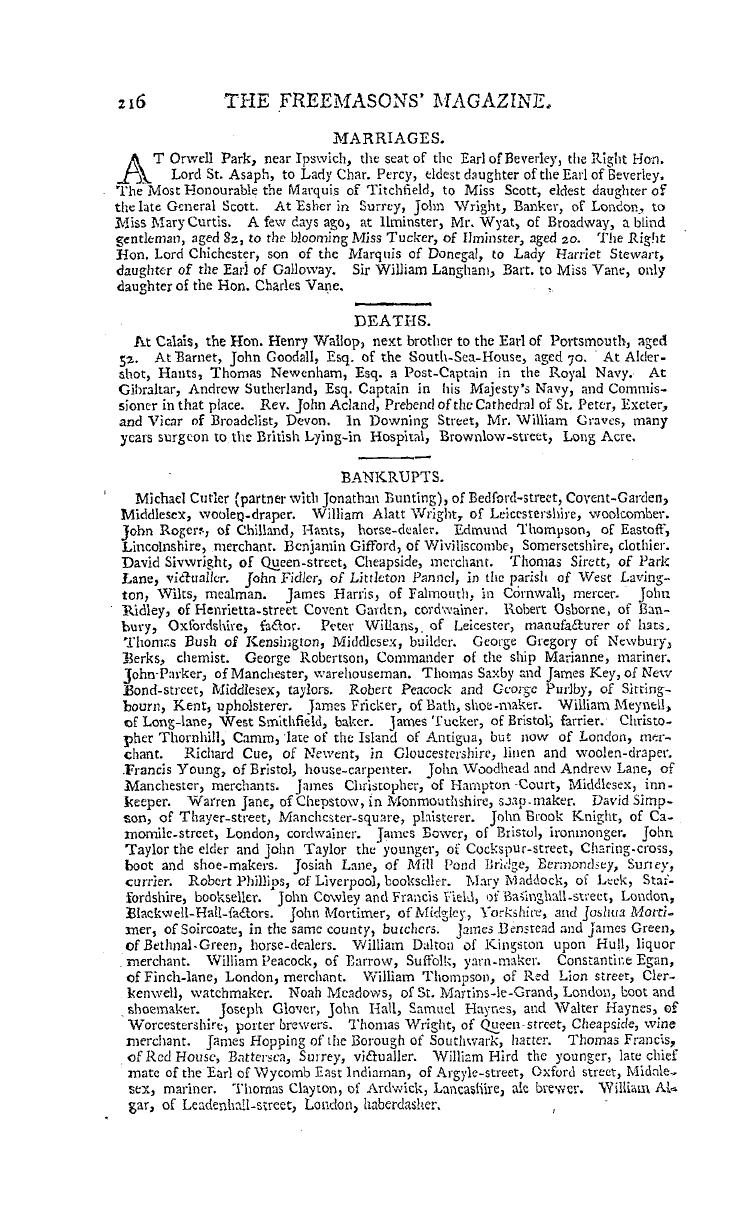Note: This text has been automatically extracted via Optical Character Recognition (OCR) software.
Remarks On The Duration Of Life In Men And Animals.
years , arid some few to 150 . Birds live longer than men , and " fishes live longer than birds , because they have cartilages instead of bones , and grow continually . ,. The total duration of life may in some respects be measured by the duration of growth . A tree , or animal , that in a short time acquires its full growth , decays and perishes much sooner than another that requires more time to grow . In animals as well as vegetablesthe
, growth in height is that which is first completed . An oak ceases to grow tall long before it ceases to become thick . Man grows in hei ght till sixteen , eighteen , and sometimes upwards of twenty years , and yet the entire expansion of all the parts of the body in thickness is not over till he is 30 . Dogs receive in less than a year their growth in lengthbut do not attain theirjust thickness till the second year . Man
, , who is thirty years in growing , lives ninety or a hundred years ; the dog , which grows but two or three years , lives in proportion but ten or twelve . The same may be said of most other animals . Fishes , which do not cease growing for a great number of years , live for ages . This long duration of their life must depend on the particular constitution of the cartilaginous substance of their boneswhich
ne-, ver acquire the solidity of the bones of terrestrial animals . Animals that produce but a small number of young , acquire the greatest part of their growth , and even their full growth , before they are in a state of ' engendering ; whereas animals that multi ply greatly , eno-ender before even their body has assumed the half or even the quarter of its
growth . Man , the horse , ox , ass , goat , ram , are not capable ofengendering till they have attained the greater part of their growth . It is so with pigeons , and other birds that produce but a small number of eggsi but such as produce a great number , as poultry and fish , engender much sooner . A cock is capable of procreation at three months old , and then he has not attained more than a third of his growth ; a fish ,
which in twenty years time may weigh thirty pounds , is in a state of procreation , from its first or second year , and yet it does not then weigh perhaps half a pound . But there are particular observations which may take place in regard to the growth and duration ofthe life of fishes . Their age is nearly known by examining with a microscope the annual strata or layers their scales are composed of ; but
we know not how far this may extend . Carps have been seen , whose age mi ght be avouched for not less than 150 years , and yet they were as nimble and as lively as other carps several years younger .- We must not therefore aver with Leuwenhoek , that fishes are immortal , or at least that they cannot die of age . Every thing must perish with time ; everything that has had an . ori gin , a birth , a beginning , must arrive at
a goal , a death , an end ; but it is true , that fishes , by living in an uniform element , and being sheltered from the great vicissitudes and all injuries ofthe air , ought to preset ve themselves longer in the same state than other animals ; and . if these vicissitudes of the air , as the great philosopher Sir Francis Bacon-pretends , are the principal causes ofthe destruction of animate beings , it is certain that fishes , being of all animals those which are less exposed to them , ought to
Note: This text has been automatically extracted via Optical Character Recognition (OCR) software.
Remarks On The Duration Of Life In Men And Animals.
years , arid some few to 150 . Birds live longer than men , and " fishes live longer than birds , because they have cartilages instead of bones , and grow continually . ,. The total duration of life may in some respects be measured by the duration of growth . A tree , or animal , that in a short time acquires its full growth , decays and perishes much sooner than another that requires more time to grow . In animals as well as vegetablesthe
, growth in height is that which is first completed . An oak ceases to grow tall long before it ceases to become thick . Man grows in hei ght till sixteen , eighteen , and sometimes upwards of twenty years , and yet the entire expansion of all the parts of the body in thickness is not over till he is 30 . Dogs receive in less than a year their growth in lengthbut do not attain theirjust thickness till the second year . Man
, , who is thirty years in growing , lives ninety or a hundred years ; the dog , which grows but two or three years , lives in proportion but ten or twelve . The same may be said of most other animals . Fishes , which do not cease growing for a great number of years , live for ages . This long duration of their life must depend on the particular constitution of the cartilaginous substance of their boneswhich
ne-, ver acquire the solidity of the bones of terrestrial animals . Animals that produce but a small number of young , acquire the greatest part of their growth , and even their full growth , before they are in a state of ' engendering ; whereas animals that multi ply greatly , eno-ender before even their body has assumed the half or even the quarter of its
growth . Man , the horse , ox , ass , goat , ram , are not capable ofengendering till they have attained the greater part of their growth . It is so with pigeons , and other birds that produce but a small number of eggsi but such as produce a great number , as poultry and fish , engender much sooner . A cock is capable of procreation at three months old , and then he has not attained more than a third of his growth ; a fish ,
which in twenty years time may weigh thirty pounds , is in a state of procreation , from its first or second year , and yet it does not then weigh perhaps half a pound . But there are particular observations which may take place in regard to the growth and duration ofthe life of fishes . Their age is nearly known by examining with a microscope the annual strata or layers their scales are composed of ; but
we know not how far this may extend . Carps have been seen , whose age mi ght be avouched for not less than 150 years , and yet they were as nimble and as lively as other carps several years younger .- We must not therefore aver with Leuwenhoek , that fishes are immortal , or at least that they cannot die of age . Every thing must perish with time ; everything that has had an . ori gin , a birth , a beginning , must arrive at
a goal , a death , an end ; but it is true , that fishes , by living in an uniform element , and being sheltered from the great vicissitudes and all injuries ofthe air , ought to preset ve themselves longer in the same state than other animals ; and . if these vicissitudes of the air , as the great philosopher Sir Francis Bacon-pretends , are the principal causes ofthe destruction of animate beings , it is certain that fishes , being of all animals those which are less exposed to them , ought to




















































